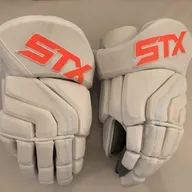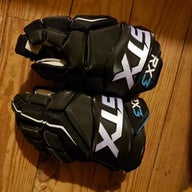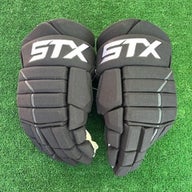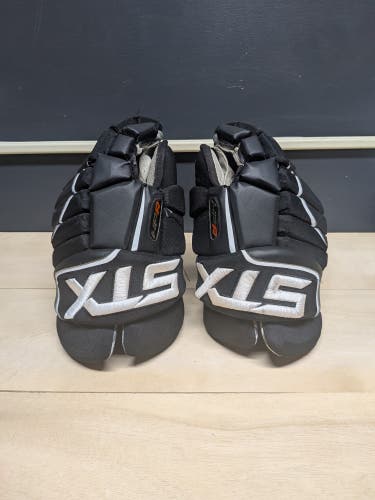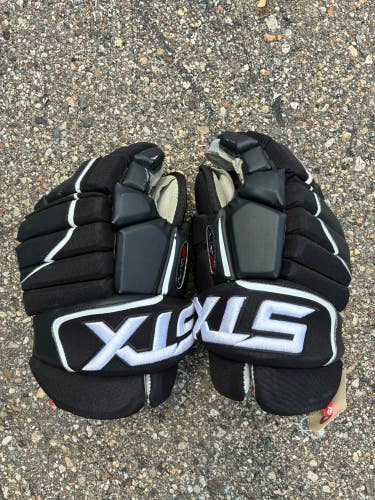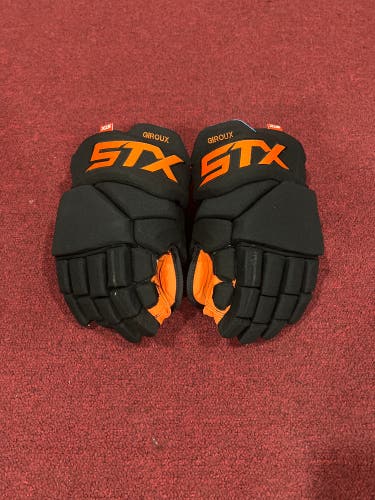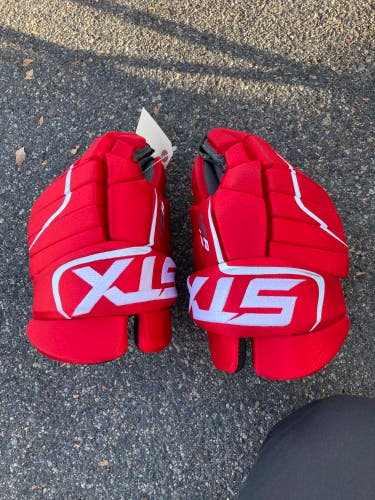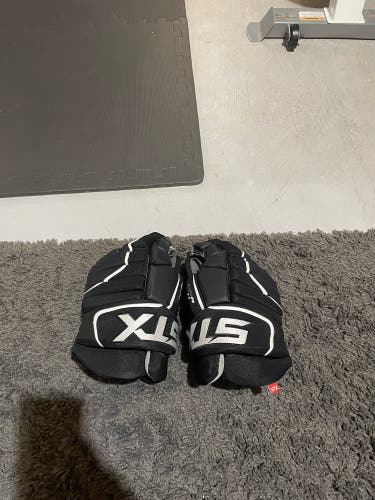Determining Glove Size
Glove sizing is relatively universal, but it’s important to note that different models within the same brand often have unique fits which may influence your sizing decisions. The Bauer Supreme line, for example, offers a tighter, more anatomical fit compared to the roomier Bauer Nexus gloves. It is important for buyers to do their research to find out which glove will suit them best before making a purchase.
*Note that arm length is measured from knuckles to elbow.
As shown here:
| Glove Size | Arm Length (in)* |
| 10" | 9-11" |
| 11 | 10-11" |
| 12" | 11-12" |
| 13" | 12-13" |
| 14" | 13-14" |
| 15" | 14-15" |

